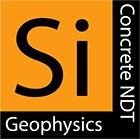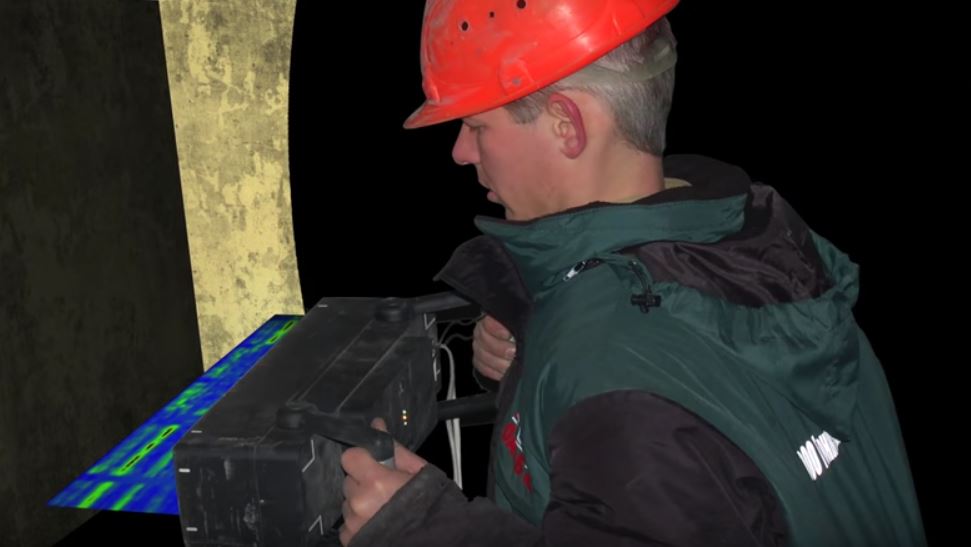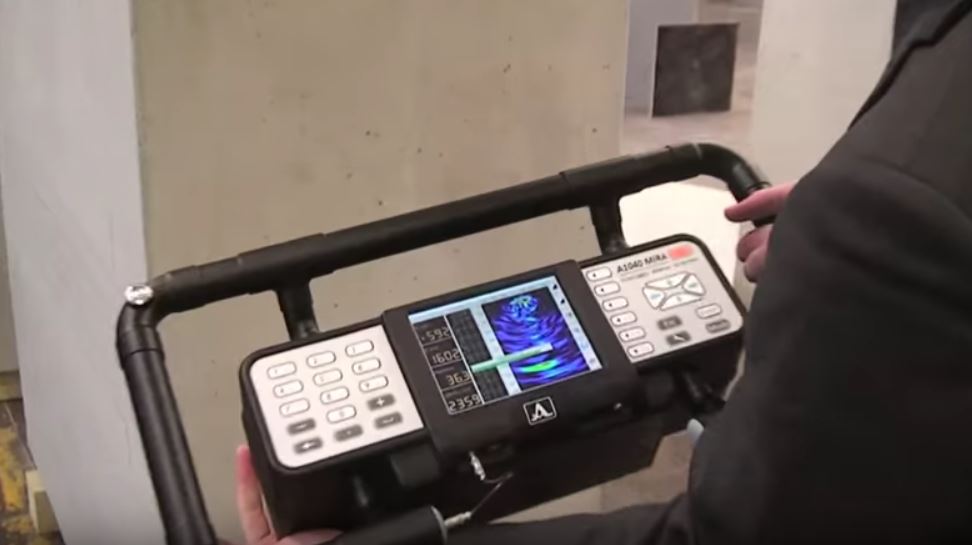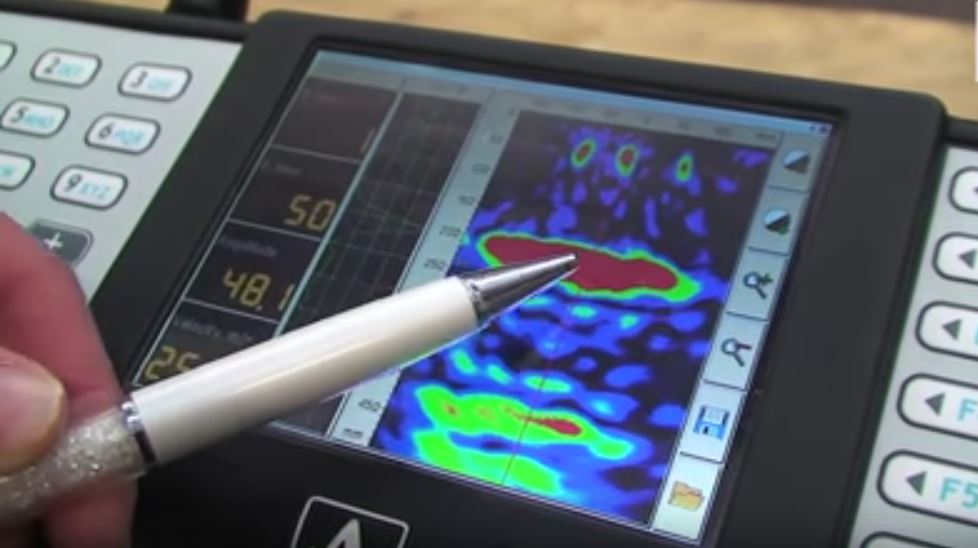Ultrasonic pulse velocity and tomographic imaging technology is increasingly taking centre-stage as a very reliable non-destructive testing method in Concrete industry including quality verification of both in-situ cast and pre-cast concrete structural components (bridges, columns, engineered panels, ring-beams, foundation footings, stitches)
All our testing methodology, data processing and reporting conforms to: ASTM D5882-16, AS/NZS: 2159-2009 and AS/NZS: 2425:2015 industry standards legally recognised within Australia and internationally.
Multi-dimensional imaging options including: [2D/3D], [B-scan, C-Scan, D-Scan can be produced to maximise anomaly illumination and resolution. Results are presented relevant to objectives and finely interpreted for further engineering durability assessment or remediation planning.
Benefits
Structural Auditing QA/QC
- Quality evaluation for on-going construction projects or prior to purchasing)
- Defect assessment (Cracks, Honey-combing, voiding, porosity, delamination in concrete)
- Homogeneity of material
- Litigation and dispute settlement (quality, uniformity, defect)
- Forensic investigation (post-damage evaluation)
- Strength or modulus of material
Method
Depending on the specification, we conduct data acquisition and data processing in accordance to EN12504-4 (Europe), ASTM C 597-02 (North America), BS 1881 Part 203 (UK), standard procedures, for evaluating Ultrasonic Pulse Velocity tomography testing on concrete structures through B-scans, C-scans for further engineering analysis.
Data Processing
Line Scan
Pulse velocity Analysis
Image processing
Compressive Strength (UPV Correlation)
Filtering & Deconvolution
Defect Assessment
Grading “Quality of Concrete”
Based on UPV velocity and range interpretations, concrete quality and uniformity can be graded as below:
- Velocity >4.5 Km/sec (Good quality)
- 4.5 Km/sec<Velocity >2.5Km/sec (Medium quality)
- Velocity < 2.5 Km/sec (Doubtable quality)
Uniformity Quality
Using the range (as difference between maximum and minimum), uniformity of quality can be classified as below:
- Velocity range <0.5 Km/sec (Uniform quality)
- Velocity range >0.5 Km/sec (Doubtable quality





